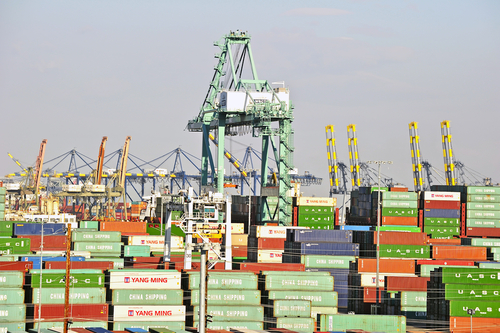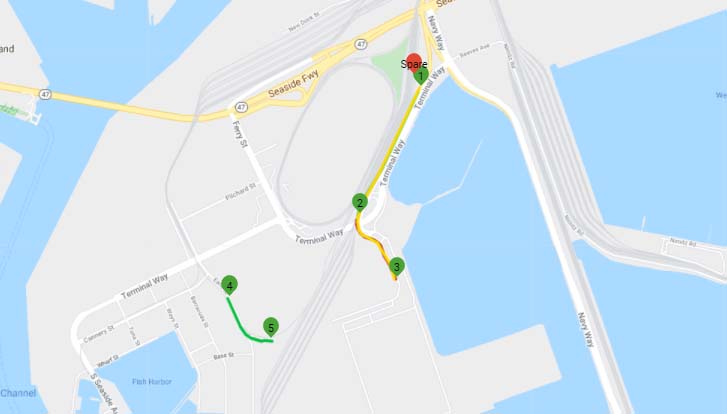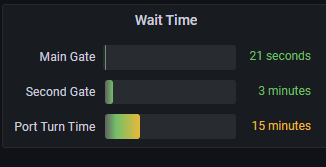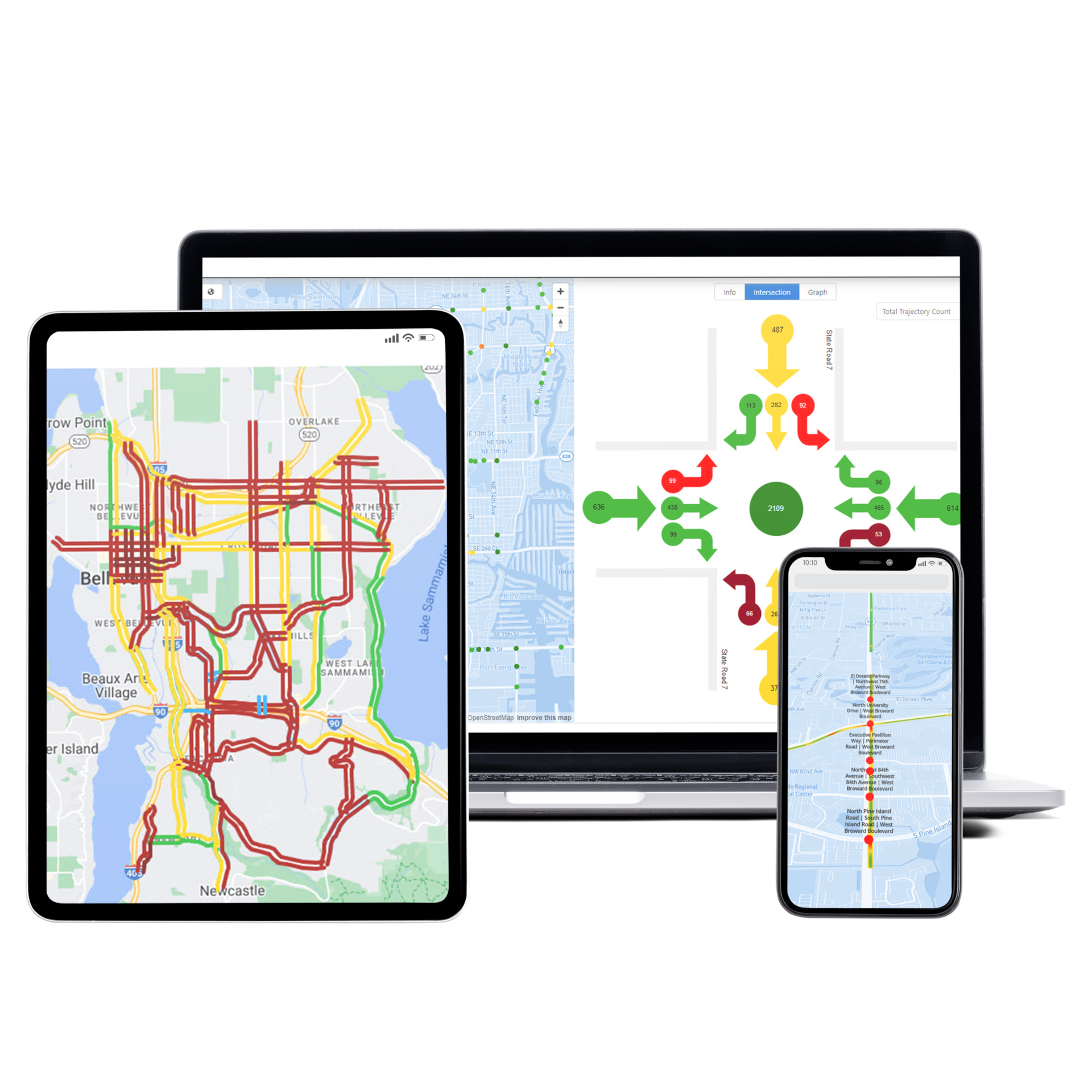REDUCING TRUCK WAIT TIMES AT LOS ANGELES PORT TERMINAL GATES
Visibility into real-time truck movements leads to better insights and servicesFenix Marine Services

OVERVIEW
Founded in 1907, the Port of Los Angeles is located on the coast of the western United States, along the Pacific Ocean. The port stretches 43 miles along the waterfront, housing 25 cargo terminals.
For the past two decades, it was ranked the #1 port in the Western Hemisphere. In 2021, the port processed 10.7 million containers, compared to pre-pandemic levels, the port is functioning at up to 80% higher productivity.
FENIX MARINE SERVICES
AT THE PORT OF LOS ANGELES
Fenix Marine Services is the operator of the Pier 300 container terminal located at the Port of Los Angeles, one of the largest in the Western hemisphere. Fenix prioritizes seamless and integrated solutions to provide container handling services for shipping lines, railroads, and trucking companies.
By developing and deploying progessive solutions, Fenix Marine Services is fully digitalizing its terminal operations; changing the way terminals service the supply chain.
Company Name: Fenix Marine Services
Date: January, 2021
Website: https://www.fenixmarineservices.com/
THE CHALLENGE
The Port of Los Angeles was increasingly affected by congestion on travel routes, this led to prolonged queues in the terminal. As cargo volumes increased, truck wait times significantly increased as a result, and these wait times had adverse impacts on the overall supply chain.
Port authorities lacked metrics to quantify truck wait times ahead of port gates. Without this data, authorities could not take insightful measures to improve the operational efficiency of the ports and terminals. While they had tried RFID tags to monitor truck movements inside the ports, there were limited solutions to monitor truck wait times on the city roads leading to the ports.

THE SOLUTION
Fenix Marine Services chose SMATS TrafficXHub™ sensors and iNode™ data analytics platform to manage the terminal’s truck queue. SMATS TrafficXHub™ were installed at strategic points on the roads ahead of terminals and terminal gates (Figure 1). These sensors detect both Bluetooth and WiFi signals with an enhanced detection rate.
Solar powered sensors were used for a quick and efficient deployment. Fenix installed a total of five sensors along the two roads leading to the two truck entrance gates. These two gates previously had no wait time tracking system, making it difficult to measure traffic velocity through the terminal. The sensors capture real-time data on truck traffic which is processed by the SMATS iNode™ analytics platform. iNode’s MAC address matching and outlier filtering, runs in real-time, providing Fenix with an accurate picture of truck traffic enroute to the terminal.

THE RESULTS
The sensors allowed live travel time monitoring of trucks coming to the terminal so that management could fully optimize daily traffic flow. iNode’s advanced filtering algorithms successfully identified outliers (parked/stopped trucks) and excluded passing traffic on an adjacent public street. Data collected by the SMATS system also allowed Fenix to have productive data-driven discussions with the trucking community, working cohesively to maximize the flow of cargo through the terminal.

“SMATS truck traffic wait-time monitoring allowed us to better measure and manage our traffic at the terminal gates. Real-time data has provided visibility where we had none and is helping us to better service the trucks. The system is easy to deploy and the SMATS team provided great technical expertise and support.”
SMATS iNODE™ FOR FENIX MARINE SERVICES
Optimizing Port operations is crucial for meeting tight schedules and deadlines. As Fenix strived to stay innovative and tech-forward, they recognized the value of live queue wait time data. Being able to monitor live queue times from the terminal’s entrances at any time gives operators and truck drivers the ability to make informed decisions.
By using SMATS real-time traffic data technology, truck mobility through city streets can be vastly improved. With the use of sensors and analytics, operators can monitor congestion and easily pinpoint and solve mobility issues. Additionally, once the sensors are activated, collected travel time data is stored for historical access, empowering Port operators to track improvements. SMATS, with experience in the Port industry, has expertise in the challenges caused by congestion and delivers meaningful data to support optimization.

REACH OUT TODAY
The first step toward a better traffic management solution!
